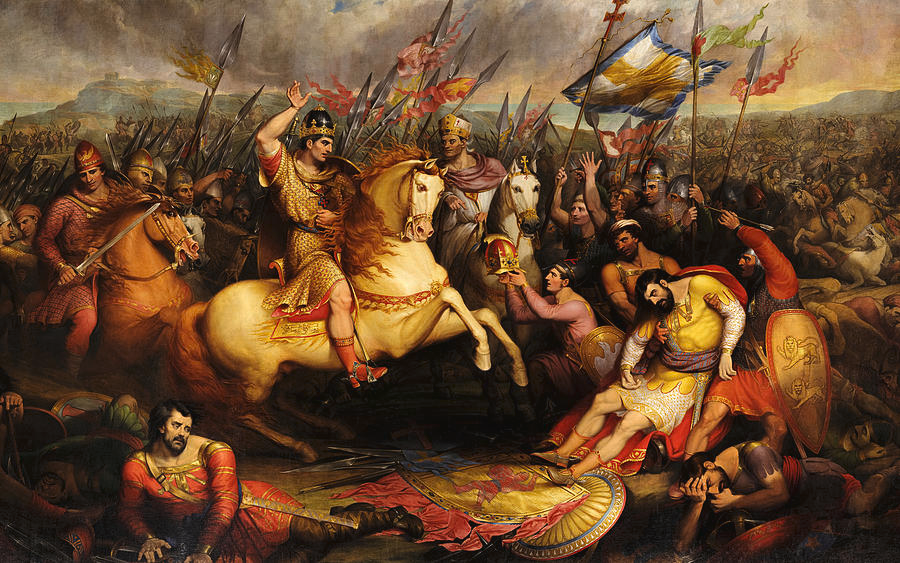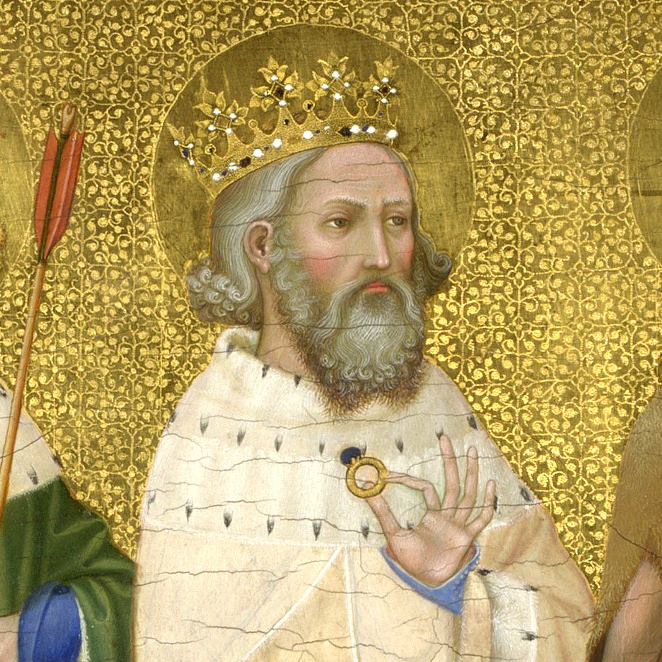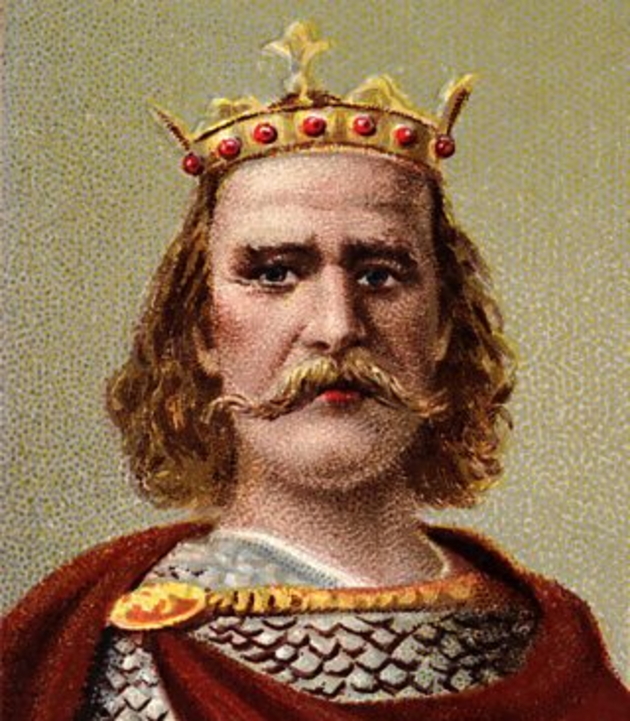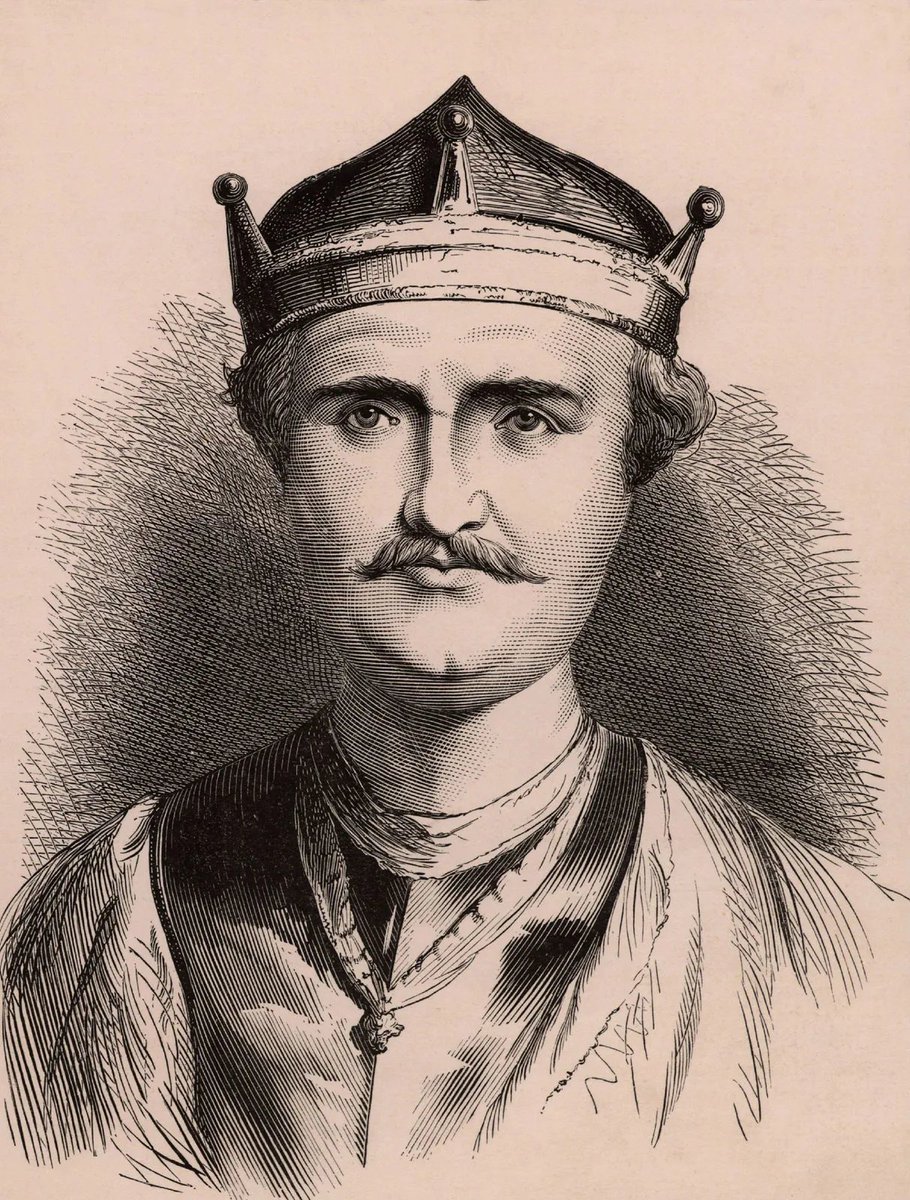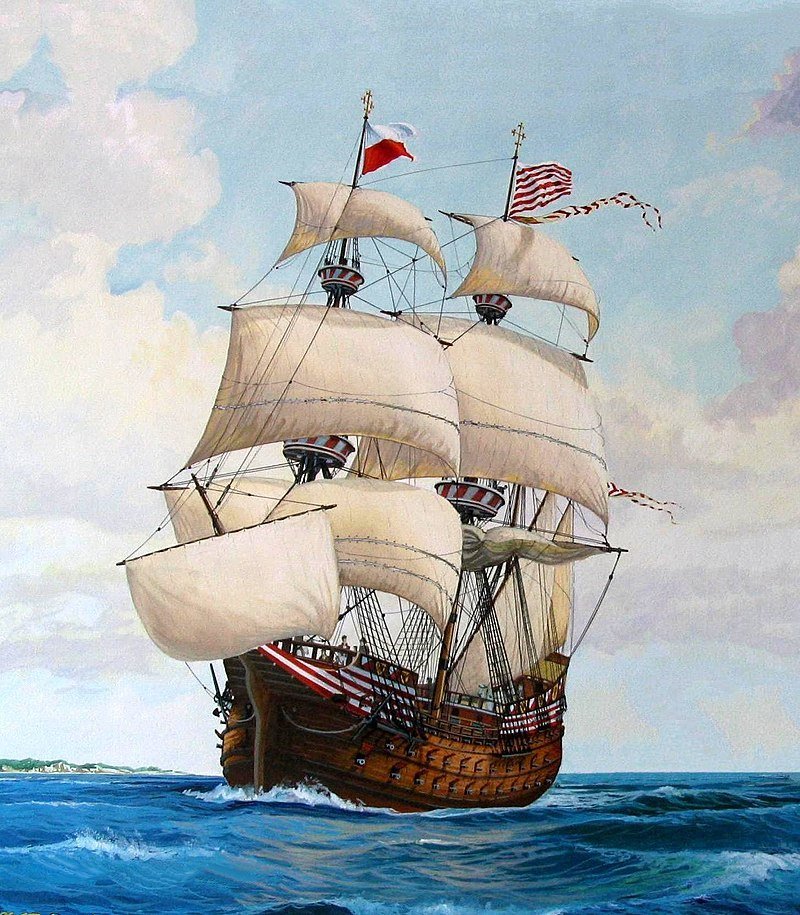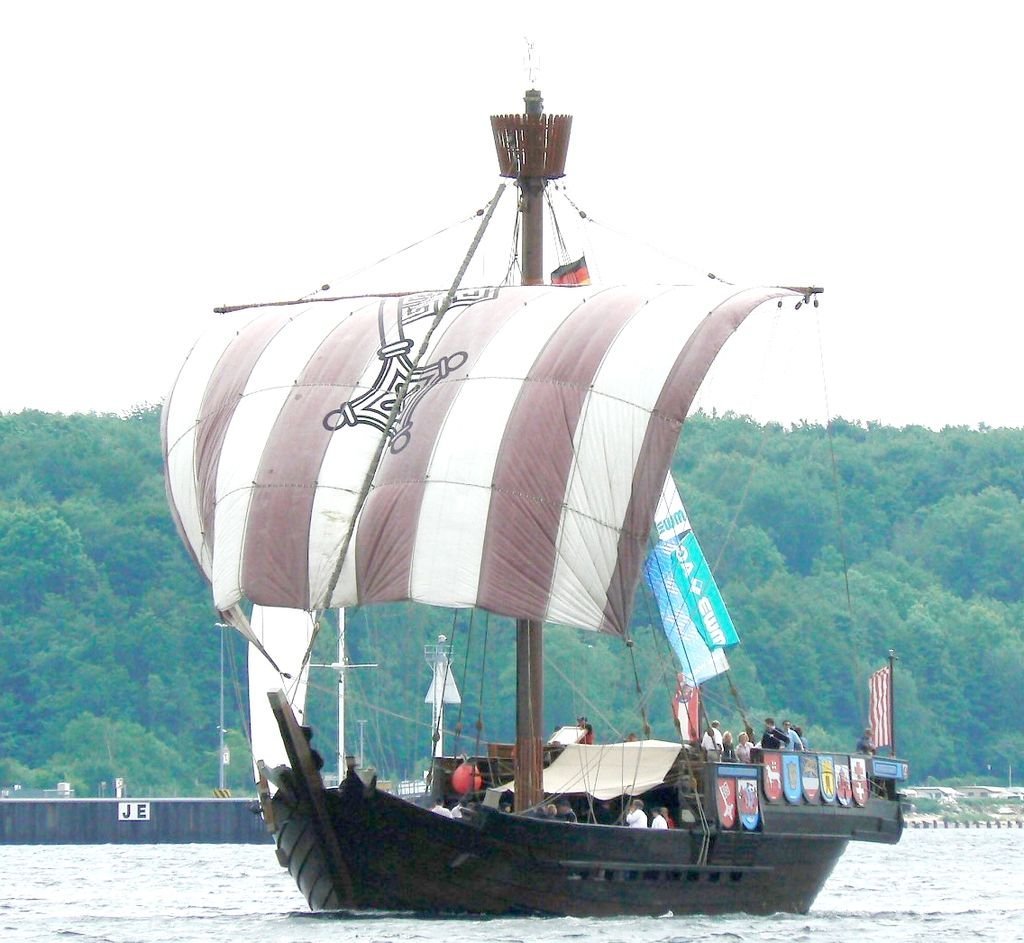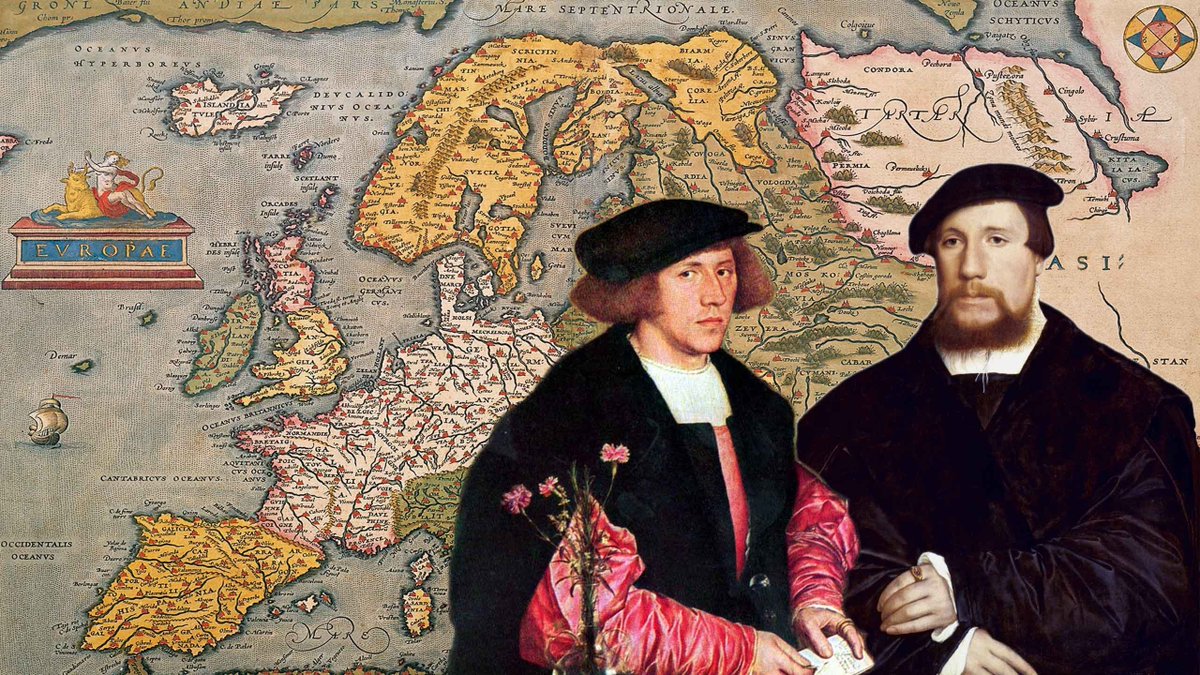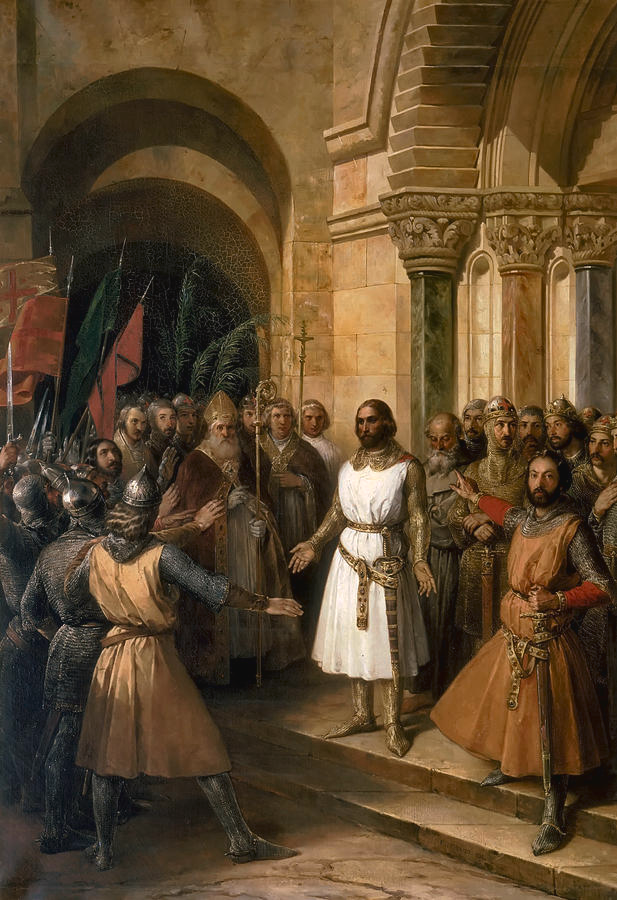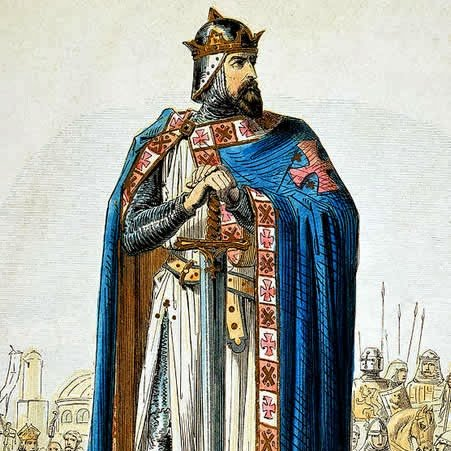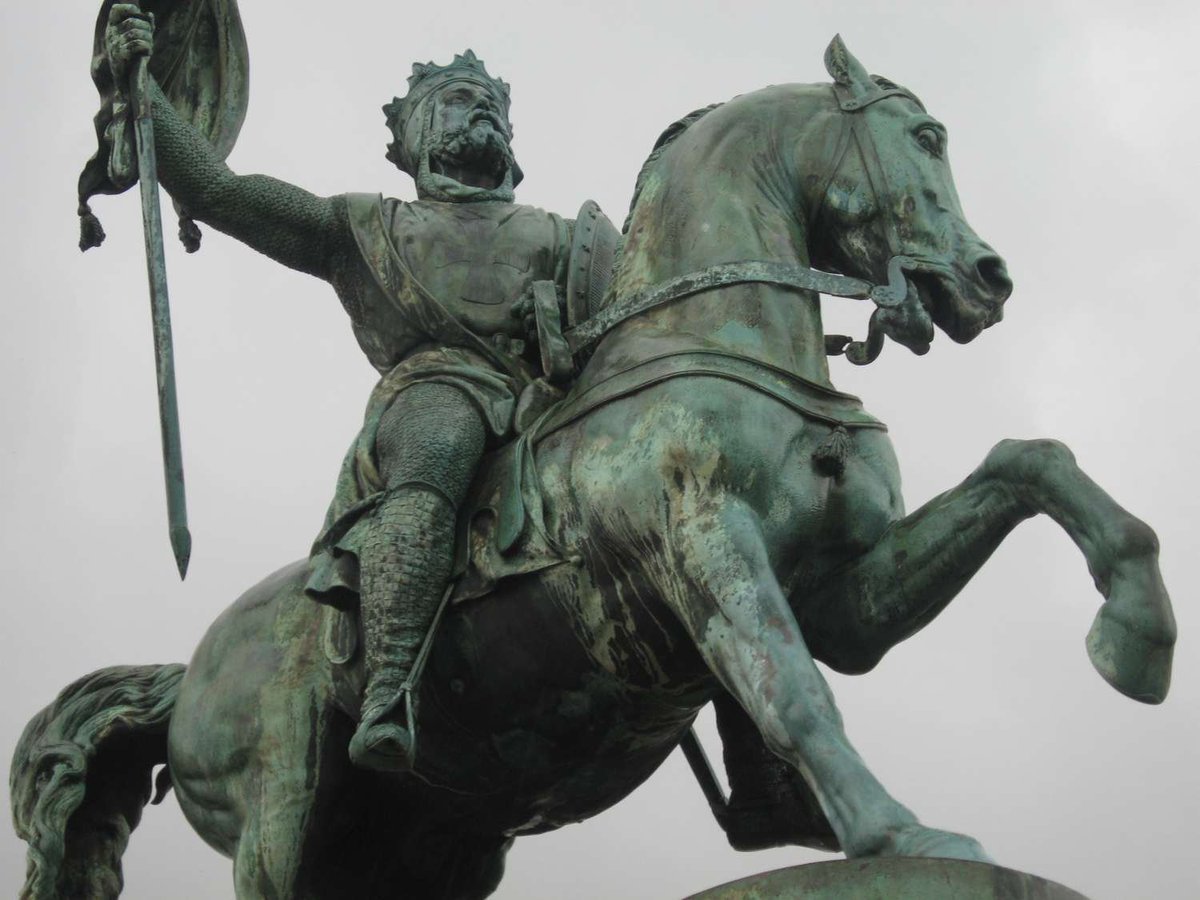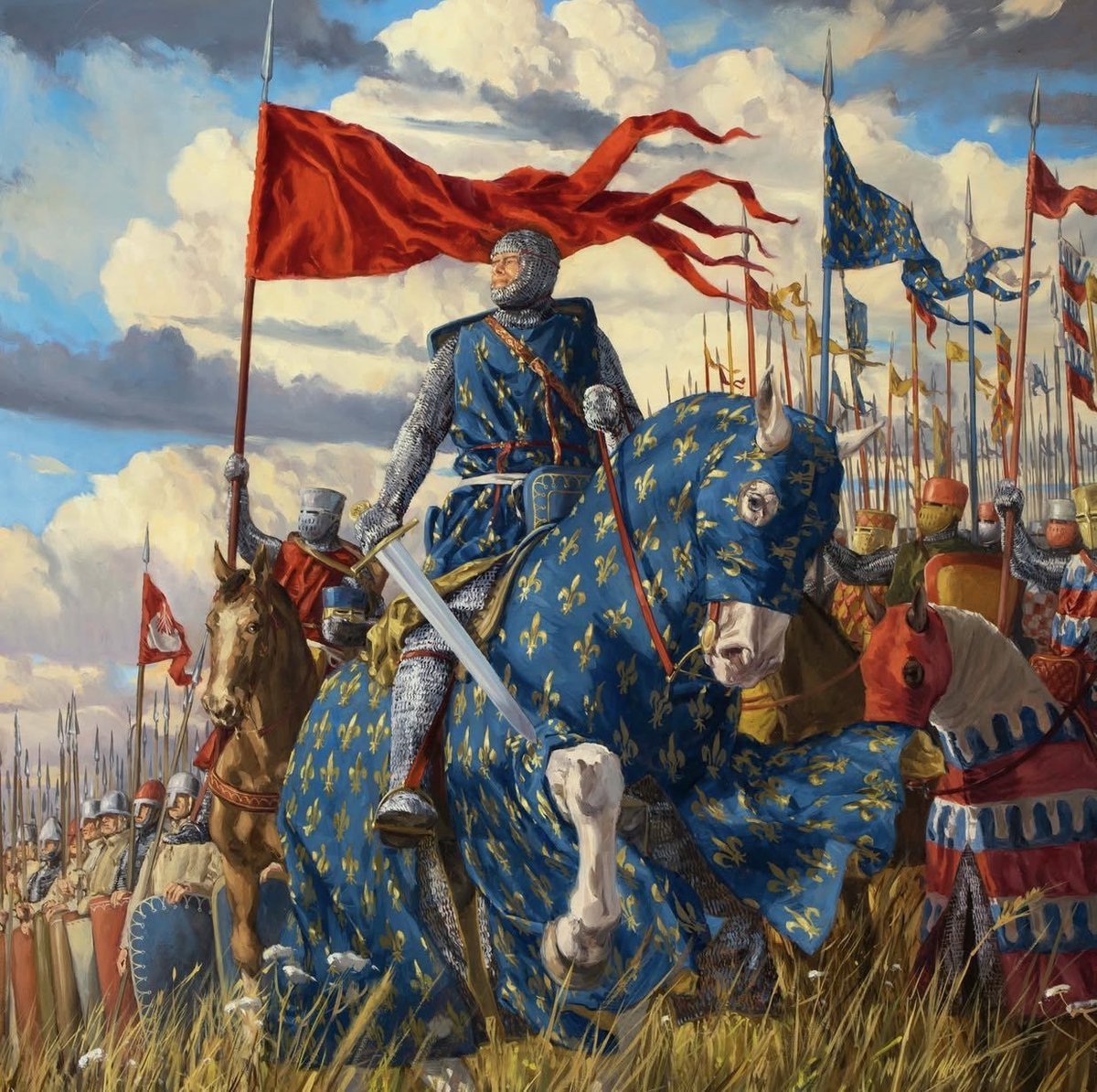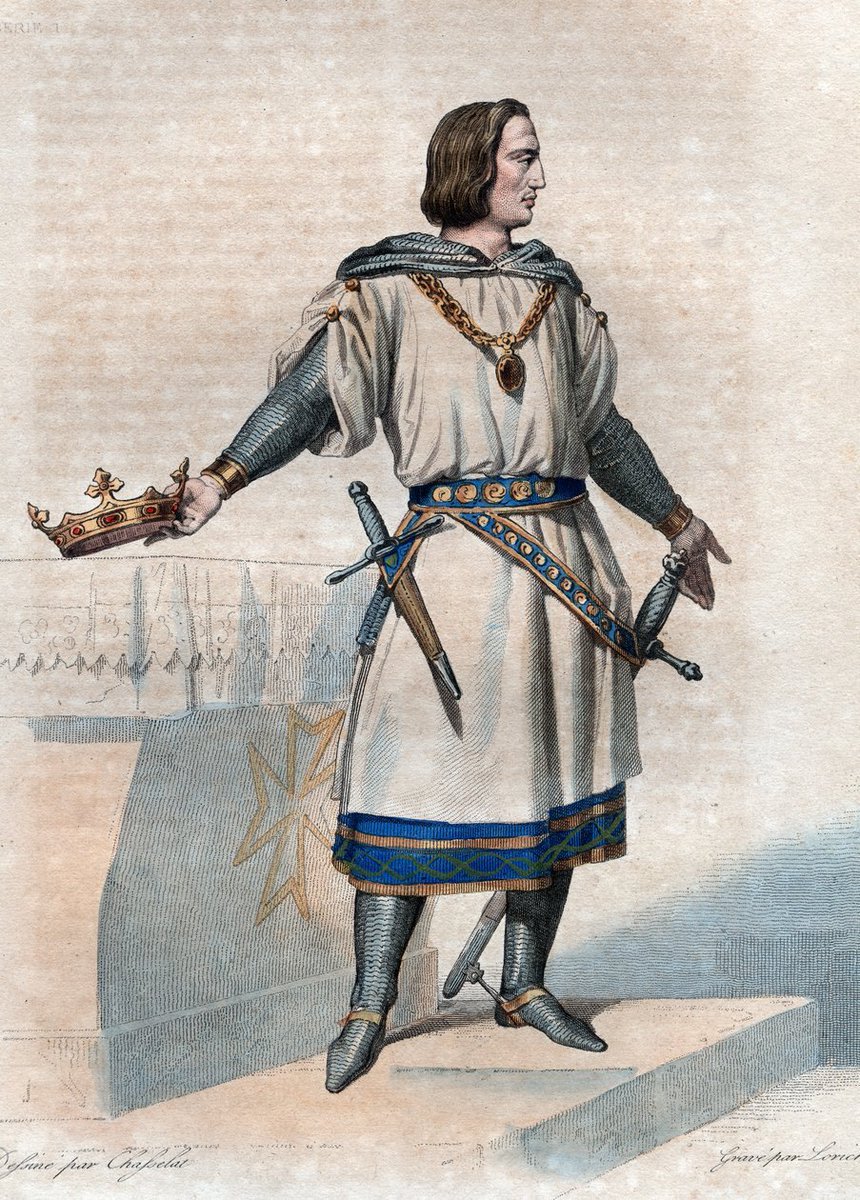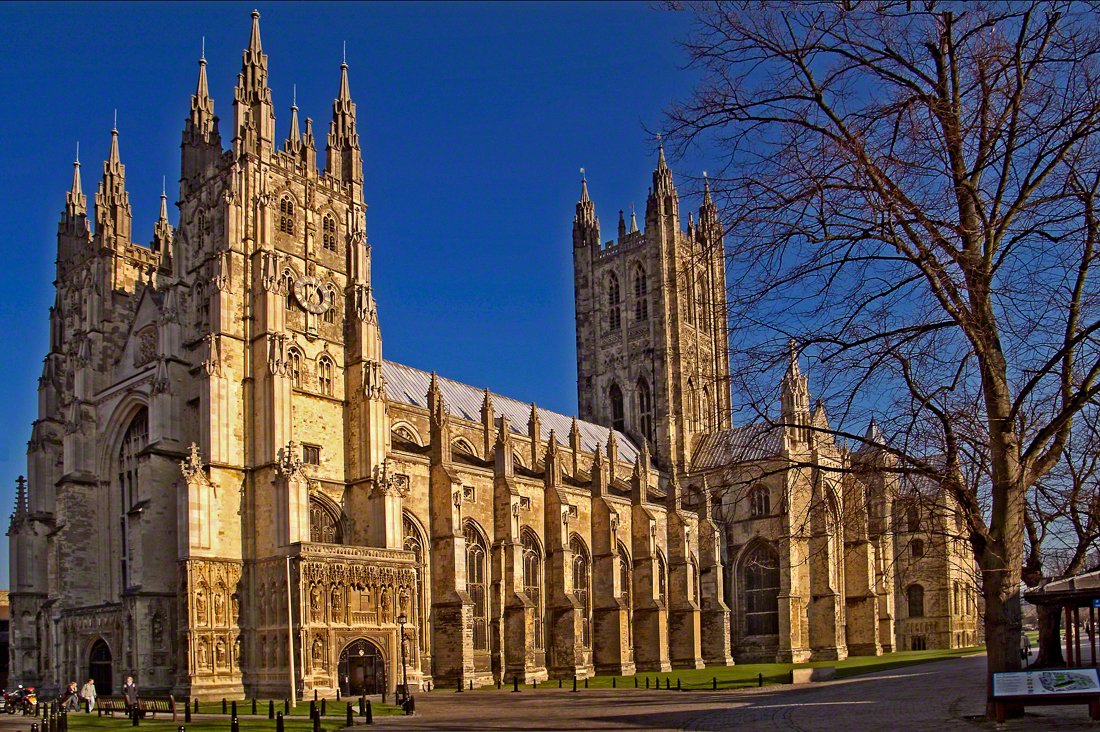The Knights Templar were one of the most important and influential orders in history. From monks to holy knights to even politicians, the Templar had influence everywhere.
But what EXACTLY did they do? A thread.
But what EXACTLY did they do? A thread.

The Knights Templar were founded in the year 1119 at the Temple Mount in Jerusalem. Upon their inception, they were merely a handful of dedicated soldiers, but as the years pass they would grow into a juggernaut. 

In the aftermath of the First Crusade, the Church became concerned over the safety of their pilgrims both on the road to the holy land and in Jerusalem itself because of raiding parties attacking travelers
The Templars were founded and charged to protect the roads to Jerusalem
The Templars were founded and charged to protect the roads to Jerusalem

Due to their service and dedication to the protection of pilgrims, King Baldwin II of Jerusalem gave the knights quarter in the Royal Palace, the former area of the Temple of Solomon. 

One of the most notorious battles in the history of the Templars was the Battle of Montgisard on November 25th, 1177.
Templars, led by the legendary King Baldwin IV of Jerusalem engaged in battle with the Muslim army led by Saladin
Templars, led by the legendary King Baldwin IV of Jerusalem engaged in battle with the Muslim army led by Saladin

Saladin was marching towards the city of Jerusalem but Baldwin IV was keen on intercepting him before he was able to reach the city.
They met Saladin's forces. Baldwin's army consisted of 375 knights, including 80 templars, full forces are estimated to be around 7,000
They met Saladin's forces. Baldwin's army consisted of 375 knights, including 80 templars, full forces are estimated to be around 7,000

The number of soldiers under command of Saladin is greatly disputed. William of Tyre reported his forces to be around 26,000 which is documented as being "greatly exaggerated". 
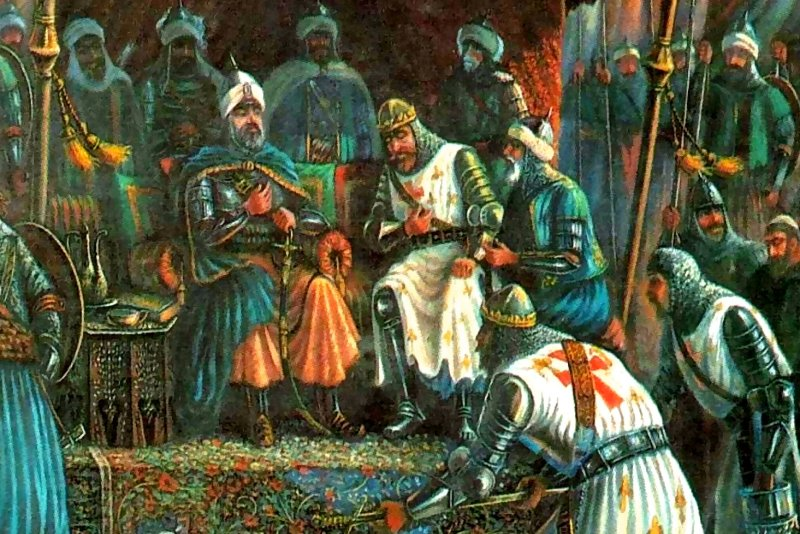
Saladin believed that King Baldwin would not pursue his forces given the large disparity in soldiers, however Baldwin continued behind Saladin.
Saladin after believing the king would not follow, had spread his army thin throughout the surrounding countryside
Saladin after believing the king would not follow, had spread his army thin throughout the surrounding countryside

After converging on the weakened Muslim forces. Saladin's army panics to create a formation after being surprised at the Christian arrival.
Baldwin's army charges into the lines of Saladin's army and inflicts heavy casualties, a crushing defeat for Saladin.
Baldwin's army charges into the lines of Saladin's army and inflicts heavy casualties, a crushing defeat for Saladin.

Due to heavy costs of operation and financing a crusade, the Knights Templar also created the worlds first international banking system. Offering loans and the ability for pilgrims to store money, goods and other items. 

All in all, the Knights Templar were a massively important organization that shaped Europe over the centuries into what it would eventually become today.
Had they never existed, the world may look far different.
Had they never existed, the world may look far different.

Thank you for reading my thread! If you enjoyed todays lesson, feel free to follow me as I will be making it my mission to do one of these every single day. Thank you very much!
• • •
Missing some Tweet in this thread? You can try to
force a refresh





